Strolling through the many markets of the country, you will surely cross the path of one of these strange and unique fruits. What do they look like and how do they taste? We’ll explain everything in this article.
COVID–19: The Big Pharma players behind UK Government lockdown buy testosterone cypionate how to buy anabolic steroids in canada, where to buy clenbuterol in johannesburg | bluemercuryThe Grenadelle or Granadilla
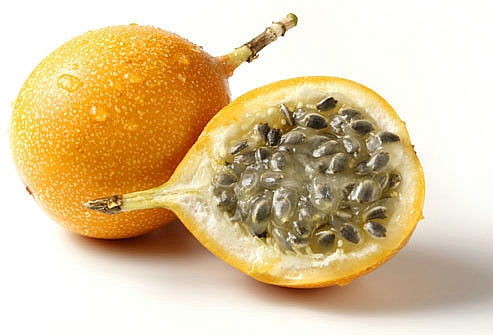
This fruit originated from the Andes and began to be cultivated already in pre-Inca times. La Grenadelle is a cousin of the passion fruit. It also has a shell, Orange, which contains many small seeds bathing in a gelatinous pulp. However, its taste is sweeter. This fruit is perfect for smoothies, juices and other desserts. It eats raw because too fragile, it does not support cooking.
The prickly pear or tuna
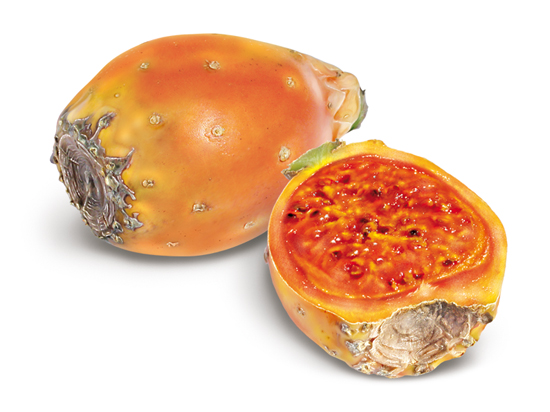
The prickly pear which is also called the fruit of the cactus is produced by the prickly pear, originally from Mexico. This fruit has also been cultivated in Peru for centuries. It grows in the arid areas of the country. This fruit has an oval shape with a hard skin. Depending on the variety, its color can be green, yellow, orange or red. Inside, it contains many small seeds and its flesh is bright red color. Its chain is stringy and watery and its taste rather sweet. Attention, his little glitches are really crunchy compared to those of the Pitahaya.
Apple cinnamon, Anone or Chirimoya

This fruit is native to the mountainous regions of Peru. Its name comes from the Quechua “Chirimuya” which means “cold seeds” because its seeds are capable of germinating at high altitudes. This fruit does not look like any other fruit. It has the shape of a heart, a thin, rough skin of dark green color. Inside, the flesh is white and fleshy and contains black seeds that resemble bean beans. The Chérimolier has a sweet and sweet taste like Apple cinnamon. This fruit can be eaten raw but also prepared in crumbles for example. This fruit is considered the “King of Fruits in Peruvian gastronomy”.
The fruit of the Yellow dragon or Pitahaya Amarilla
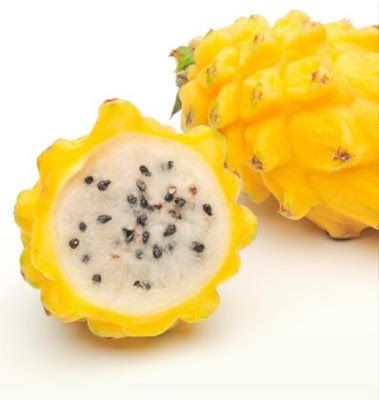
There are several varieties of dragon fruit and the most common is pink. In Peru, you will find the yellow pitahaya with white flesh that grows in the tropical areas of the country. This fruit has an oval shape and measures about ten centimeters. Its flesh has a texture that resembles that of the kiwi with also many small black pips. Its taste is however much sweeter than that of the kiwi.
Water melon or Pepino
This fruit is also native to the Andes and was grown well before the Incas. It grows in the slightly humid and temperate areas as in the region of the northern Sierra of Peru. It is large and round as a peach and is pale yellow with purple streaks. Its taste is sweet and its flesh is very juicy just like cantaloupe melon that we know.
The Choco of Peru or Aguaymanto
This fruit is known by many names; Cage Love, Japanese lantern, Inca Bay, etc… The Choco of Peru is a variety of Physalis native to South America. It is a small, round, smooth orange fruit that is often used to decorate our desserts. It grows in the Andes, up to 3200m altitude. This fruit is enclosed in a kind of leaf cage that gives it this aspect of a lantern. Its taste is soft with a hint of acidity, ideal for pies and jams.
_______________________________________________________________________________
Of course you will find also everywhere exotic fruits well known and just as delicious as pineapple (piña), mango (mango), banana (Plátano), grapefruit (Mamelo), Mandarin (Mandarina), Pomegranate (Granada), Lime (Limón Verde), Fishing (Durazno), the Fruit of Passion (Maracuja) and of course the lawyer called Palta here and not aguacate! What for? Well because its name comes from the Quechua and designated an Amerindian tribe “Los Paltas” that populated northern Peru. Peru is also the third largest producer in the world of lawyers.

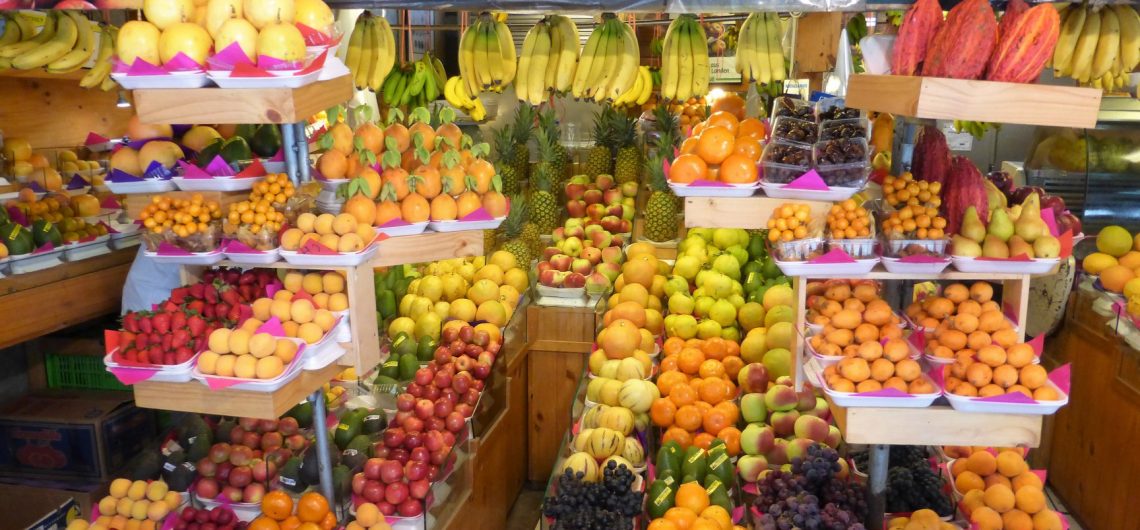
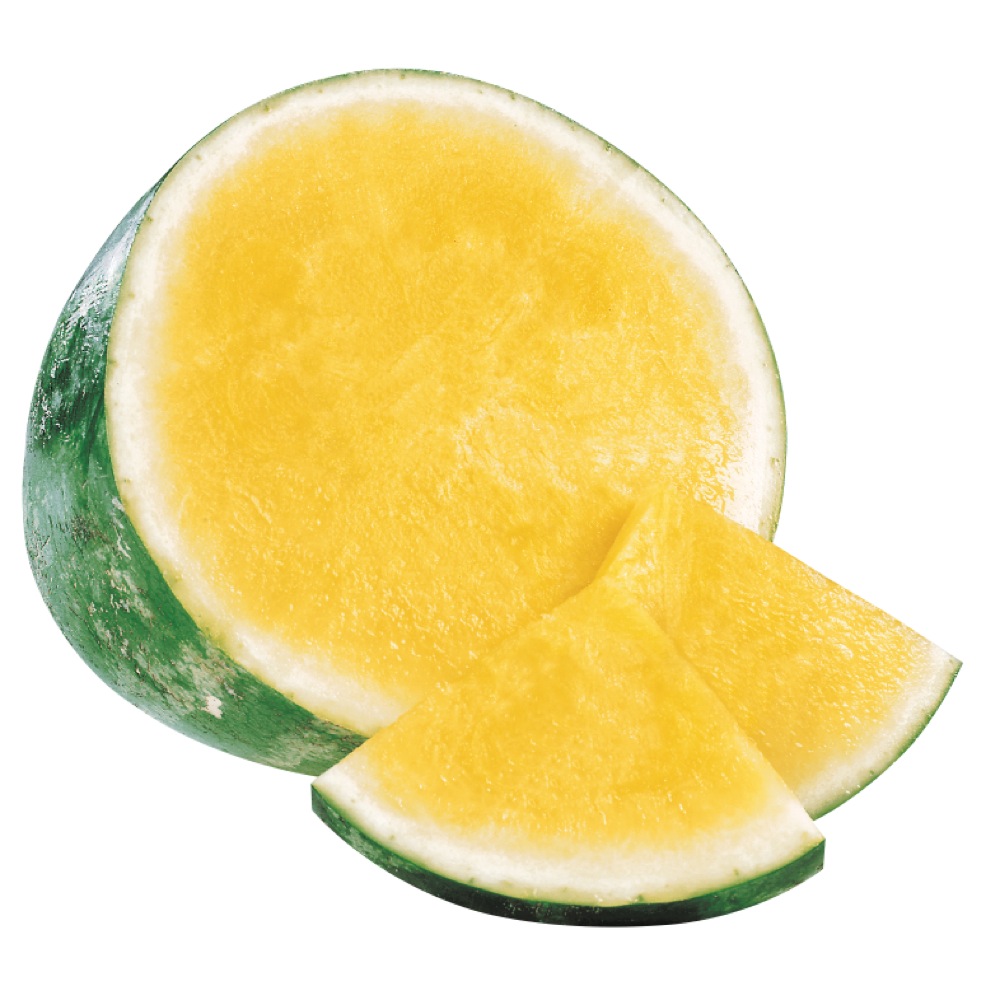
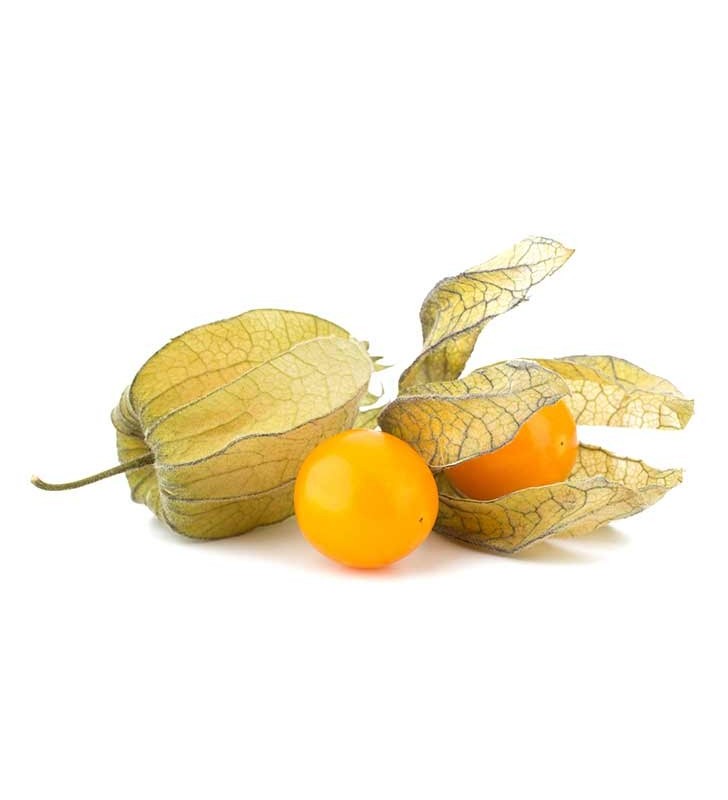
Comments